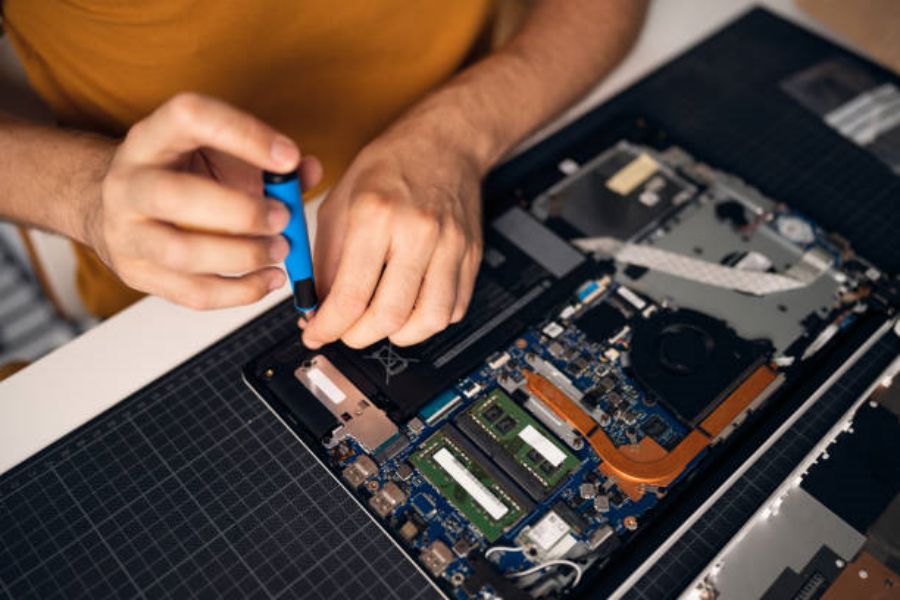Table of Contents

Introduction
When it comes to electrical circuitry, inductive chokes have a significant role to play. An inductive choke, also known as a reactor or simply a choke, is a device used in electrical circuits to block or filter out high-frequency alternating current (AC) from entering the circuit. In this article, we will explore the inductive choke in detail and discuss its various applications in electrical engineering.
What is an Inductive Choke?
Inductive chokes, as the name suggests, works on the principle of inductance, which is the property of an electrical conductor to oppose any change in the current flowing through it. An inductive choke is made up of a coil of wire wound around a magnetic core, which creates a high impedance in the circuit, effectively filtering out high-frequency AC signals.
Types of Inductive Chokes
There are two main types of inductive chokes - air-core chokes and iron-core chokes. Air-core chokes are made up of a coil of wire wound around an air core, whereas iron-core chokes are made up of a coil of wire wound around a magnetic core made of iron or other ferromagnetic materials. Air-core chokes are less effective at blocking high-frequency signals than iron-core chokes, but they are smaller and lighter and have less tendency to saturate.
Applications of Inductive Chokes
Inductive chokes have a wide range of applications in electrical engineering, including:
- Noise suppression - Inductive chokes are commonly used to reduce electrical noise in power supplies, audio circuits, and radio frequency (RF) circuits.
- Power factor correction - Inductive chokes can be used to correct the power factor in electrical circuits, which is a measure of how efficiently the circuit is converting electrical power into useful work.
- Ballast - Inductive chokes are used as ballasts in fluorescent lamps and other types of discharge lighting.
- EMI Filtering - Inductive chokes can be used to block electromagnetic interference (EMI) from entering sensitive electronic equipment.
Designing an Inductive Choke
Designing an inductive choke requires a good understanding of the electrical characteristics of the circuit and the requirements of the application. Factors that need to be considered include the inductance value, the current rating, the core material, the wire gauge, and the number of turns in the coil. The inductance value of the choke is typically determined by the desired frequency of the filter or by the current rating of the circuit.
Advantages of Inductive Chokes
The advantages of using inductive chokes in electrical circuits include:
- Effective filtering of high-frequency signals
- Reduced electrical noise
- Better power factor correction
- Reduced EMI interference
- Greater control over current flow
Disadvantages of Inductive Chokes
The disadvantages of using inductive chokes in electrical circuits include:
- Increased size and weight compared to other types of filters
- Higher cost than other types of filters
- Potential for core saturation at high currents
- Limited use in DC circuits
Choosing the Right Inductive Choke
Choosing the right inductive choke for your application requires careful consideration of the electrical circuit and its requirements. Factors that need to be taken into account include the inductance value, the current rating, the core material, the wire gauge, the number of turns in the coil, and the physical size and weight of the choke.
Conclusion
Inductive chokes are essential components of many electrical circuits, providing effective filtering and noise suppression capabilities. With the right design and selection, inductive chokes can greatly improve the performance and efficiency of your electrical systems and equipment.
